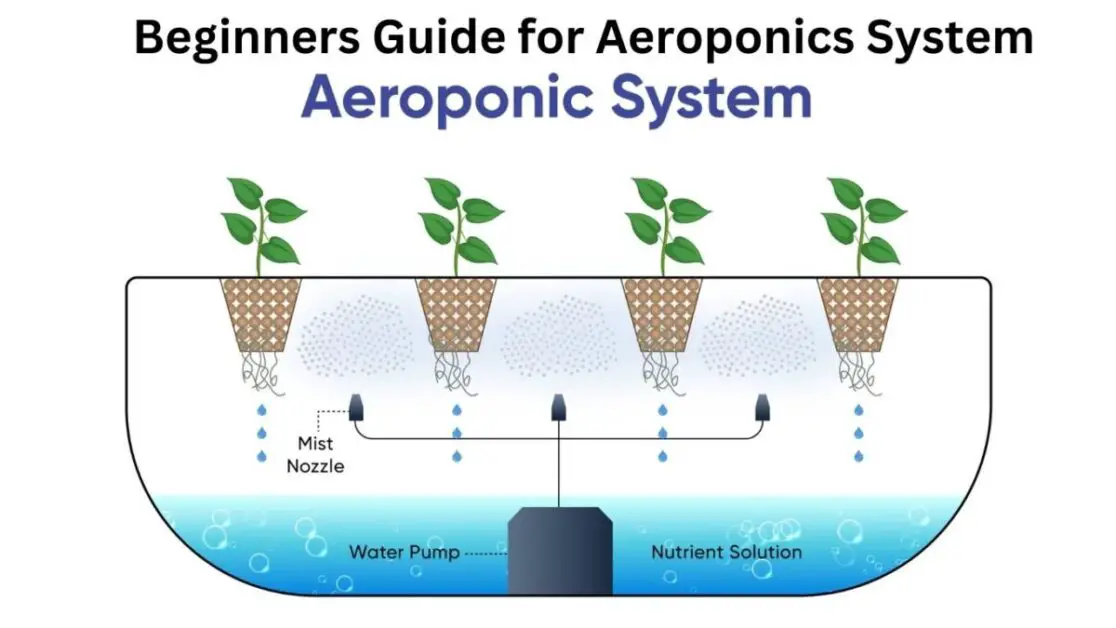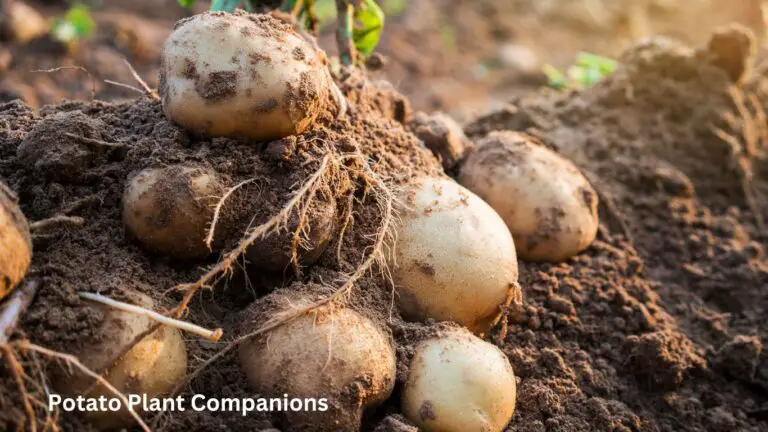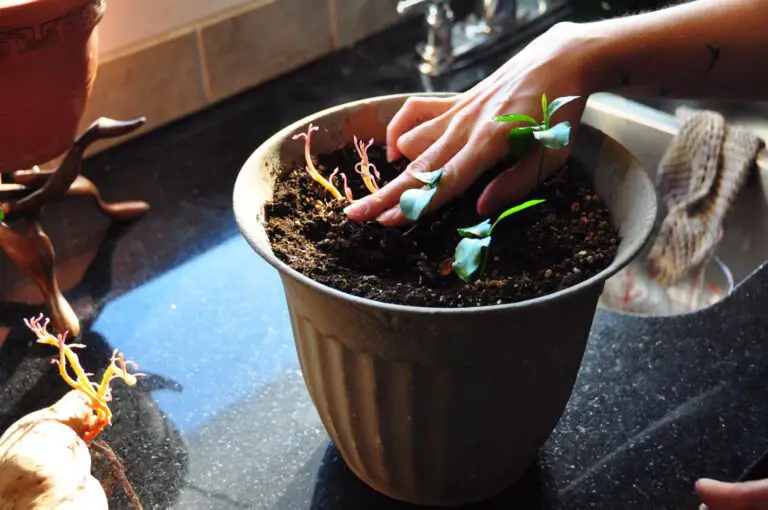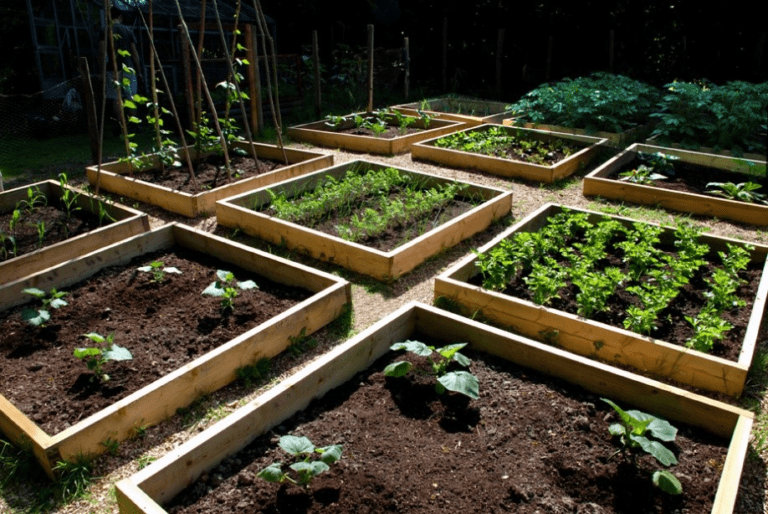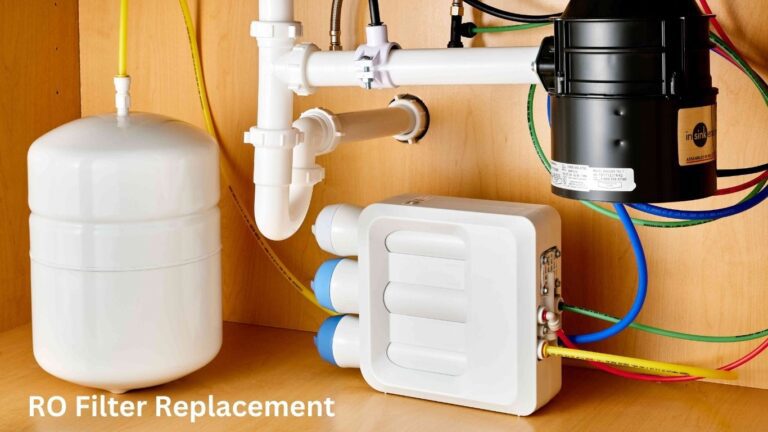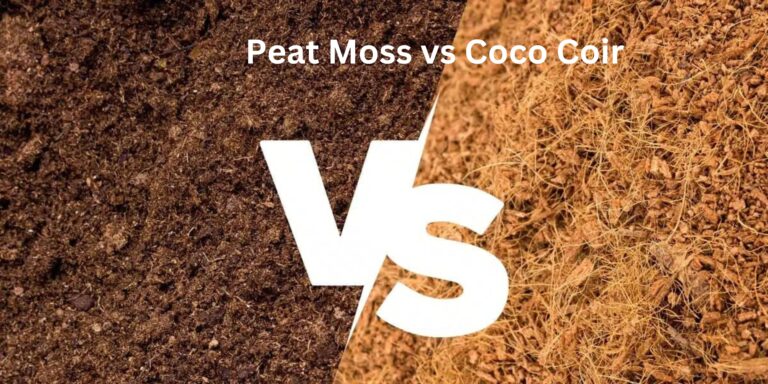best Beginners Guide for Aeroponics System
Table of Contents
Troubleshooting Common Issues in Aeroponics: Identifying and Resolving Problems
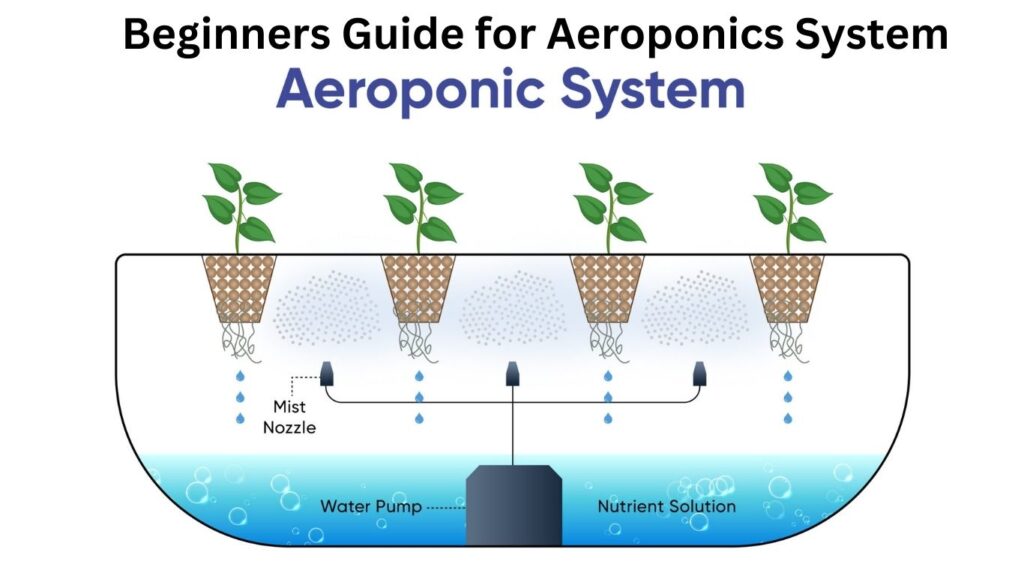
Aeroponics, a soil-less method of growing plants that involves suspending their roots in a mist or air environment, can be a highly efficient and productive way to cultivate a wide range of crops. However, like any farming technique, it is not without its challenges. In this section, we will explore some common issues that aeroponic gardeners may encounter and offer guidance on how to identify and resolve these problems.
One common issue in aeroponics is the development of root rot, which can occur when the roots are surrounded by too much moisture or if there is poor oxygenation within the system. This can be caused by several factors, including a malfunctioning misting system or an inadequate drainage system. If you notice slimy, blackened roots or a foul odor emanating from your plants, it may be a sign of root rot. To address this issue, it is important to ensure proper airflow and ventilation in your aeroponic system, as well as regularly inspect and clean the misters to prevent clogs. Additionally, adjusting the timing and duration of misting cycles can help maintain optimal moisture levels without promoting root rot.
• Check for slimy, blackened roots or a foul odor as signs of root rot
• Ensure proper airflow and ventilation in the aeroponic system
• Regularly inspect and clean the misters to prevent clogs
• Adjust the timing and duration of misting cycles to maintain optimal moisture levels without promoting root rot
Another common issue in aeroponics is nutrient deficiency, which can occur when plants do not receive an adequate supply of essential nutrients. This can manifest through stunted growth, yellowing leaves, or leaf discoloration. To address this problem, it is crucial to regularly monitor and adjust the nutrient solution in your aeroponic system. Conduct regular water quality tests to ensure that the pH level and nutrient concentrations are within the appropriate range for your specific crops. Additionally, consider using a high-quality hydroponic fertilizer specifically formulated for aeroponic systems to provide all necessary nutrients.
• Monitor and adjust nutrient solution regularly
• Conduct water quality tests for pH level and nutrient concentrations
• Use a high-quality hydroponic fertilizer specifically formulated for aeroponic systems
Pests can also be a major concern in aeroponics. Common pests such as aphids, spider mites, or whiteflies can infest plants grown in an indoor environment without soil. Signs of pest infestation include distorted leaves, webbing on plant surfaces, or visible insects on plants. To control pests effectively without compromising plant health or contaminating your produce with chemical residues:
• Implement integrated pest management strategies such as introducing beneficial insects like ladybugs or lacewings
• Maintain strict sanitation practices by regularly cleaning equipment and removing any dead plant material
• Monitor plants closely for early signs of pest activity
• Consider using organic insecticides derived from natural sources if necessary
Temperature fluctuations can also pose challenges in aeroponics systems. Extreme temperatures outside the optimal range can negatively impact plant growth by inhibiting photosynthesis, affecting nutrient uptake, or stressing plants. To address temperature-related issues:
• Install a reliable temperature control system to maintain the ideal range for your crops
• Insulate the growing area to minimize heat loss in colder climates and prevent excessive heat buildup in warmer climates
• Monitor and adjust ventilation and airflow to regulate temperatures within the desired range
By addressing these common issues in aeroponics promptly and implementing appropriate solutions, you can ensure optimal plant health and maximize the productivity of your aeroponic garden. Regular monitoring, proper maintenance, and attention to detail are key factors in troubleshooting problems effectively while cultivating crops using this innovative farming technique.
Scaling Up Your Aeroponics System: Tips for Expanding Your Indoor Garden
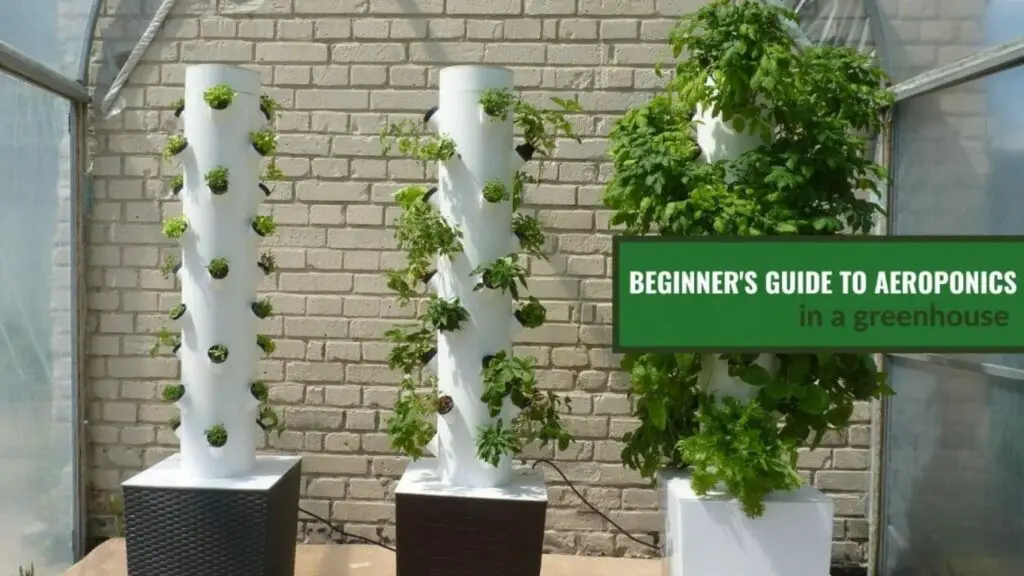
Scaling up your aeroponics system can be an exciting endeavor for indoor gardeners looking to expand their growing operation. However, it is crucial to approach the process with careful planning and consideration to ensure successful outcomes. One of the first steps in scaling up is to evaluate your available space and determine how many plants you can accommodate. Conduct a thorough analysis of your indoor garden’s layout, taking into account factors such as lighting, ventilation, and accessibility for maintenance. By optimizing the use of your space, you can maximize your yield and efficiently manage your expanded operation.
Once you have determined your capacity, it is important to select the right equipment and components to accommodate your larger aeroponics system. This includes investing in additional grow lights, nutrient systems, and plant support structures. Ensure that your chosen equipment aligns with the specific needs of your plants and growing environment. Consider factors such as light intensity and spectrum, nutrient delivery methods, and stability of the system. Consulting with experts in the field or seeking guidance from experienced indoor gardeners can provide invaluable insights and help you make well-informed decisions.
Scaling up your indoor garden also requires careful attention to nutrient management. As your system expands, it is crucial to recalibrate your nutrient solution to meet the increased demand of your growing plants. Monitor your plants’ nutrient uptake and adjust your feeding schedules accordingly. This may involve increasing the frequency or volume of nutrient delivery, as well as maintaining an appropriate balance of essential elements. Additionally, regularly monitoring and maintaining the pH levels of your nutrient solution is critical for optimal plant growth and nutrient absorption. Implement a monitoring regime to ensure that your plants receive the right balance of nutrients, which will contribute to healthy and vigorous growth.
In conclusion, expanding your aeroponics system offers opportunities for increased productivity and a thriving indoor garden. However, proper planning, careful consideration of the available space, selection of appropriate equipment, and effective nutrient management are essential for success. By following these tips and implementing best practices, you can confidently scale up your aeroponics system and enjoy the benefits of an expanded indoor garden.
• Evaluate your available space and determine how many plants you can accommodate
• Conduct a thorough analysis of your indoor garden’s layout, considering factors such as lighting, ventilation, and accessibility for maintenance
• Optimize the use of your space to maximize yield and efficiently manage your expanded operation
• Select the right equipment and components to accommodate your larger aeroponics system, including additional grow lights, nutrient systems, and plant support structures
• Ensure that your chosen equipment aligns with the specific needs of your plants and growing environment
• Consult with experts or experienced indoor gardeners for valuable insights and guidance in making well-informed decisions
• Recalibrate your nutrient solution to meet the increased demand of growing plants as your system expands
• Monitor nutrient uptake in plants and adjust feeding schedules accordingly
• Maintain an appropriate balance of essential elements in the nutrient solution
• Regularly monitor pH levels of the nutrient solution for optimal plant growth
• Implement a monitoring regime to ensure plants receive the right balance of nutrients
A Beginner’s Guide to Aeroponics Systems: Growing High-Tech Gardens in the Air
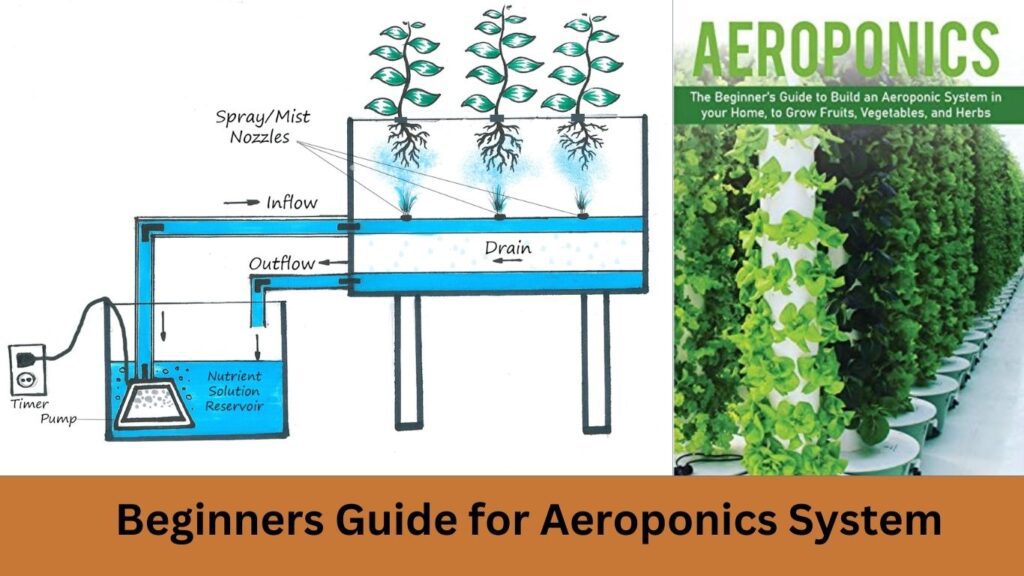
Aeroponics, a cutting-edge hydroponic technique, offers an efficient and precise way to cultivate plants by delivering a nutrient-rich mist directly to their roots. This soil-less system promotes rapid growth, higher yields, and optimal nutrient absorption. If you’re a beginner intrigued by the idea of growing plants suspended in air, this guide will walk you through the basics of setting up your own aeroponics system.
Understanding Aeroponics:
**1. *How Aeroponics Works:*
Aeroponics involves suspending plants in a chamber and delivering a nutrient solution in the form of a fine mist. The exposed roots absorb nutrients and oxygen directly from the mist, promoting faster growth and increased nutrient absorption.
2. Benefits of Aeroponics:
- Faster plant growth and higher yields.
- Efficient nutrient utilization.
- Reduced water usage compared to traditional soil cultivation.
- Ideal for growing a variety of plants, including vegetables, herbs, and flowering crops.
Setting Up Your Aeroponics System:
3. Components of an Aeroponics System:
- Growing Chamber: A structure to hold and support plants.
- Nutrient Reservoir: Stores the nutrient solution.
- Pump: Circulates the nutrient solution.
- Mist Generator: Produces fine droplets for the nutrient mist.
- Timer: Controls misting intervals.
4. Choosing Plants for Aeroponics:
- While aeroponics is versatile, it’s particularly well-suited for leafy greens, herbs, and short-rooted vegetables.
- Start with plants like lettuce, basil, or strawberries for your first aeroponics experiment.
5. Building or Buying Your System:
- Consider DIY systems or commercial kits based on your skills and budget.
- Essential features include a reliable misting system, a reservoir with a nutrient pump, and a timer.
Setting Up Your Aeroponics System:
6. Preparing the Nutrient Solution:
- Use a hydroponic nutrient mix designed for aeroponics.
- Follow instructions carefully to achieve the right nutrient balance.
7. Germinating Seeds:
- Begin with healthy seeds or seedlings.
- Use a seed starter medium and maintain optimal humidity and temperature for germination.
8. Transplanting Seedlings:
- Once seedlings have developed roots, carefully transplant them into the aeroponics system.
- Ensure that roots are exposed to the misting system.
Maintaining Your Aeroponics System:
9. Monitoring pH and EC Levels:
- Regularly check and adjust the pH and electrical conductivity (EC) levels of your nutrient solution.
- Maintaining the correct levels is crucial for plant health.
10. Cleaning and Sterilizing:
- Regularly clean the system to prevent clogs and bacterial growth.
- Sterilize components with hydrogen peroxide or other suitable agents.
11. Troubleshooting:
- Pay attention to plant health indicators like leaf color and root appearance.
- Address issues promptly, such as clogs, nutrient imbalances, or pump malfunctions.
Embarking on your aeroponics journey requires a blend of curiosity, patience, and attention to detail. As you master the art of cultivating plants in air, you’ll discover the joys of efficient gardening and the satisfaction of witnessing your plants thrive in a controlled, high-tech environment. With this beginner’s guide, you’re well on your way to becoming an aeroponics enthusiast, ready to explore the full potential of this innovative growing method. Happy growing!
Below are two tables that provide a beginner’s guide for setting up and maintaining an aeroponics system:
Table 1: Components and Equipment
| Component/Equipment | Description |
|---|---|
| Aeroponic Chamber | The main unit where plant roots are suspended and misted with nutrient solution. |
| Pump | To pressurize and deliver nutrient solution to the misting nozzles. |
| Misting Nozzles | Dispenses a fine mist of nutrient solution to plant roots. |
| Reservoir | Holds the nutrient solution; can be a separate container or integrated into the system. |
| Timer | Controls the misting cycles, typically set to run for a few seconds every few minutes. |
| Growing Medium | Usually, none or minimal; roots are suspended in air and misted with nutrients. |
| pH and EC Meters | Essential for monitoring and maintaining the pH and nutrient concentration of the solution. |
| Support Structure | Provides support for plants and ensures the aeroponic chamber is stable. |
Table 2: Basic Aeroponics Setup Steps
| Steps | Description |
|---|---|
| 1. Setup Aeroponic Chamber | Assemble the aeroponic chamber according to the manufacturer’s instructions. |
| 2. Install Misting Nozzles | Place misting nozzles evenly to ensure adequate coverage of plant roots. |
| 3. Connect Pump and Tubing | Connect the pump to the misting nozzles using appropriate tubing. |
| 4. Set Up Reservoir | If separate, fill the reservoir with a well-balanced nutrient solution. |
| 5. Set Timer | Program the timer to run misting cycles; typically, 5-10 seconds every 3-5 minutes. |
| 6. Check pH and EC Levels | Calibrate and monitor pH and EC levels regularly; adjust as needed. |
| 7. Insert Plants | Place seedlings or clones into the aeroponic chamber, ensuring roots are suspended in air. |
| 8. Monitor Plant Health | Keep an eye on plant growth, leaf color, and overall health. Make adjustments based on observations. |
| 9. Clean and Maintain | Regularly clean nozzles and check for clogs. Clean the system to prevent algae or bacterial growth. |
| 10. Harvest and Enjoy | Harvest your crops when ready. Enjoy the benefits of efficient nutrient delivery and rapid plant growth. |
These tables provide a concise overview of essential components and setup steps for beginners venturing into aeroponics. Keep in mind that specific system models may have unique features or requirements, so always refer to the manufacturer’s guidelines for your particular aeroponic system.
Best Practices for Harvesting in Aeroponics: Maximizing Yield and Quality
Harvesting in aeroponics is a critical step in maximizing yield and quality. To ensure the best results, it is important to follow a few essential best practices. Firstly, timing is key. Harvesting at the right stage of plant growth is crucial to achieve optimal flavor, texture, and nutrient content. Monitoring plant development using techniques such as measuring leaf area index and observing flower development can help determine the perfect harvesting time.
In addition, proper handling and post-harvest care are vital for preserving the quality of your aeroponic crops. Gentle handling and immediate cooling after harvest can prevent decay and maintain freshness. Proper storage conditions, such as maintaining the ideal temperature, humidity, and air circulation, are equally important in preserving the flavor, nutritional value, and shelf life of your harvested produce.
By employing these best practices in harvesting, you can elevate the overall success of your aeroponics system. However, there are several other factors to consider to ensure maximum yield and quality. Factors such as nutrient solution management, lighting, and environmental control play significant roles in the growth and health of your plants, ultimately affecting the quality of the harvest. It is essential to maintain a careful balance of these variables to achieve the desired outcomes.
• Timing is crucial in aeroponic harvesting to achieve optimal flavor, texture, and nutrient content
• Techniques such as measuring leaf area index and observing flower development can help determine the perfect harvesting time
• Gentle handling and immediate cooling after harvest can prevent decay and maintain freshness
• Proper storage conditions, including temperature, humidity, and air circulation, are important for preserving flavor, nutritional value, and shelf life
• Nutrient solution management, lighting, and environmental control also play significant roles in plant growth and health
• Maintaining a careful balance of these variables is essential for maximizing yield and quality in aeroponics
What is aeroponics?
Aeroponics is a method of growing plants without the use of soil, where the plant roots are suspended in air and misted with a nutrient-rich solution.
How does aeroponics compare to other growing methods?
Aeroponics is known for its efficiency and high yield potential. It uses less water and requires fewer nutrients compared to traditional soil-based methods, resulting in faster growth and healthier plants.
Can aeroponics be used for all types of plants?
Aeroponics can be used to grow a wide variety of plants, including leafy greens, herbs, and some fruiting crops. However, some plants with extensive root systems may not be suitable for aeroponics.
How often should I mist the roots in an aeroponics system?
The frequency of misting depends on the type of plants and their growth stage. As a general guideline, misting the roots for a few seconds every few minutes is recommended. However, it’s essential to monitor the plants closely and adjust misting frequency accordingly.
What is the ideal pH level for the nutrient solution in aeroponics?
The ideal pH level for the nutrient solution in aeroponics is typically between 5.5 and 6.5. Regularly monitoring and adjusting the pH level is crucial to ensure optimal nutrient uptake by the plants.
How can I troubleshoot common issues in aeroponics?
To troubleshoot common issues in aeroponics, you can start by checking the misting nozzles for clogs, ensuring proper nutrient solution circulation, and maintaining appropriate temperature and humidity levels. Regular maintenance and observation of plant health can help identify and resolve problems effectively.
What are the benefits of scaling up an aeroponics system?
Scaling up an aeroponics system allows for greater production capacity, enabling you to grow more plants and increase overall yield. It also provides an opportunity to experiment with different plant varieties and optimize your indoor garden’s efficiency.
Are there any specific considerations when expanding an aeroponics system?
Yes, when expanding an aeroponics system, it’s essential to ensure adequate space, lighting, and ventilation for the increased number of plants. Additionally, adjusting nutrient solution concentrations and monitoring water and nutrient delivery becomes more critical in larger systems.
How can I maximize yield and quality when harvesting in aeroponics?
To maximize yield and quality when harvesting in aeroponics, it’s important to harvest plants at the optimal stage of maturity, use sharp and clean tools to minimize damage, and handle the harvested produce with care. Proper storage conditions and prompt consumption or processing of harvested plants also contribute to maintaining quality.

